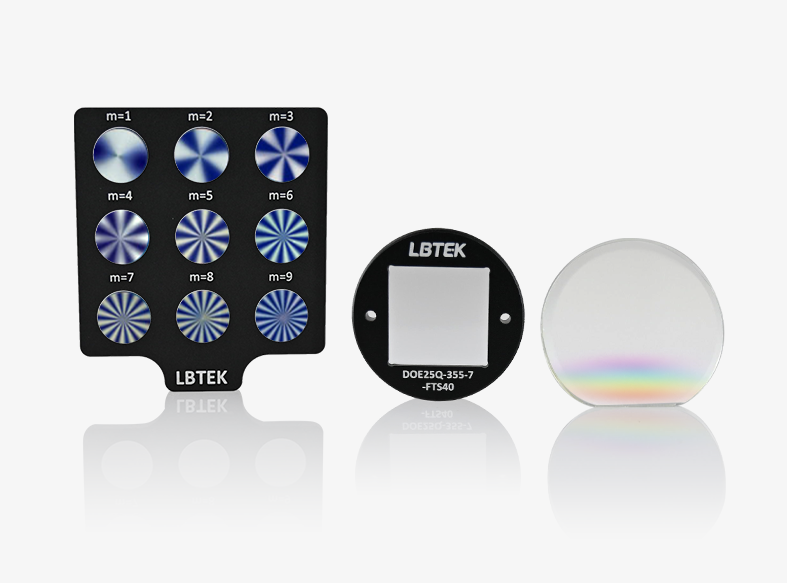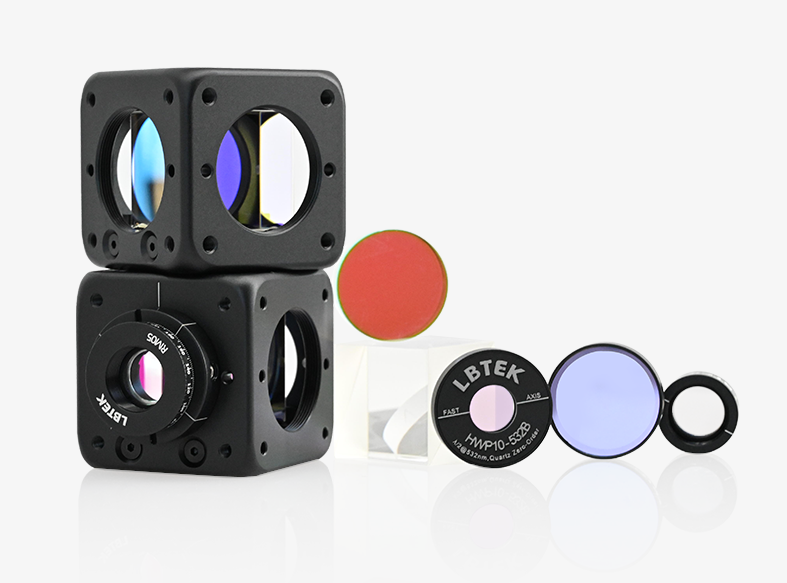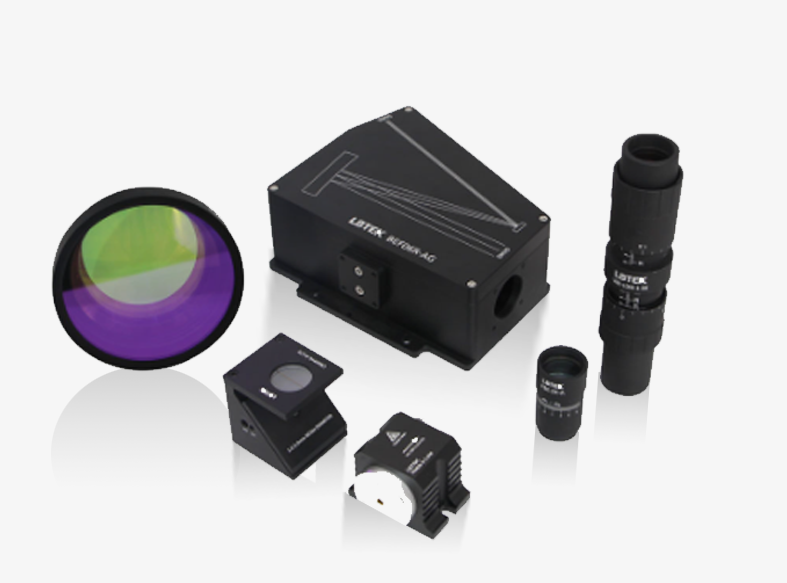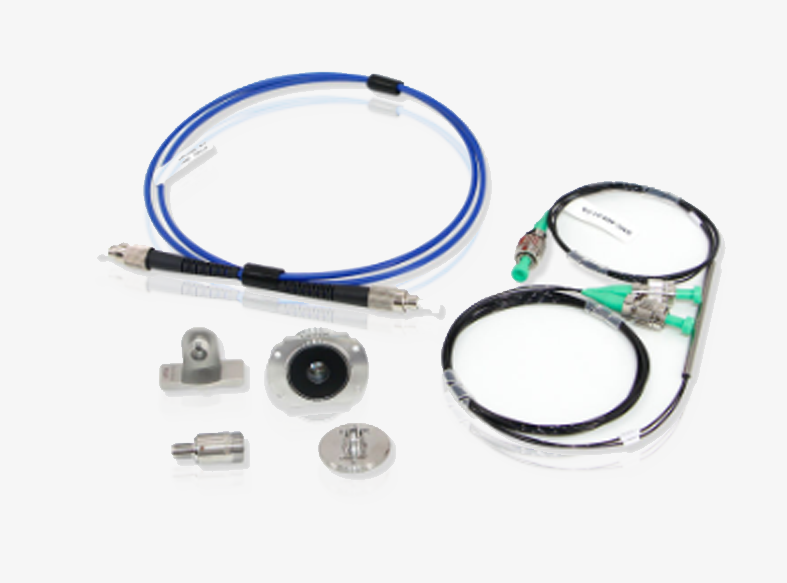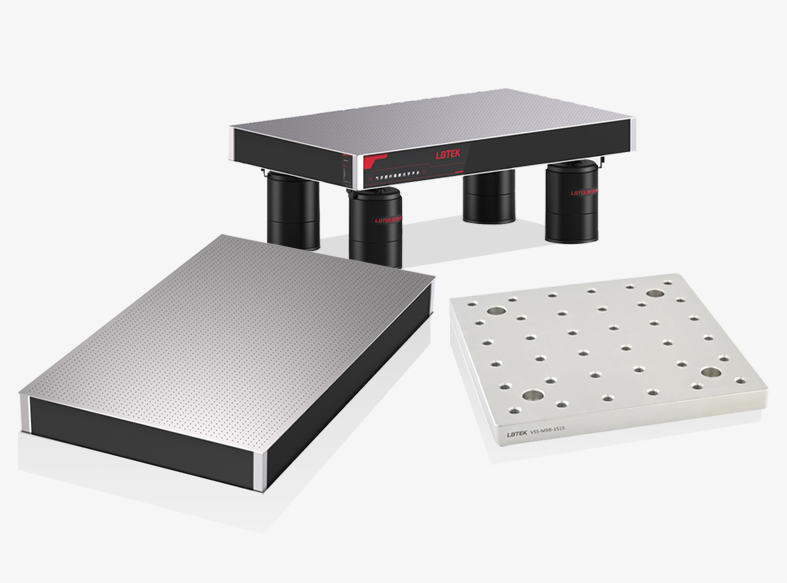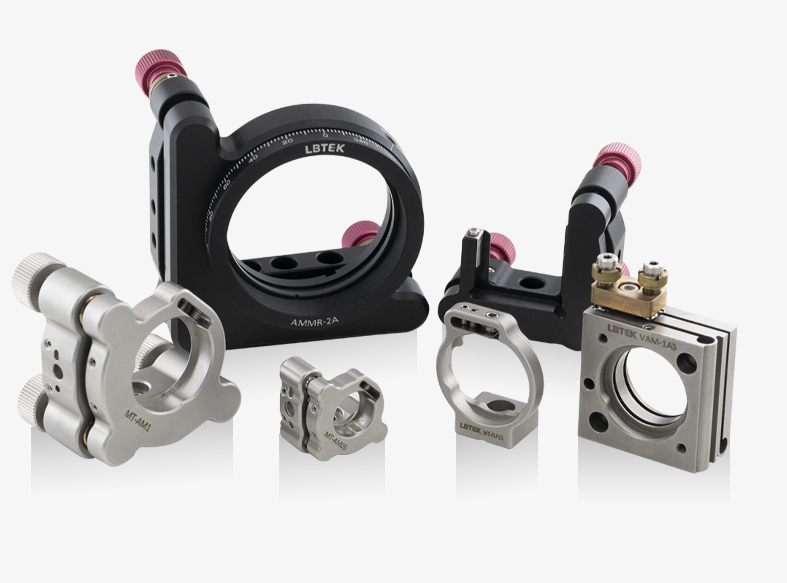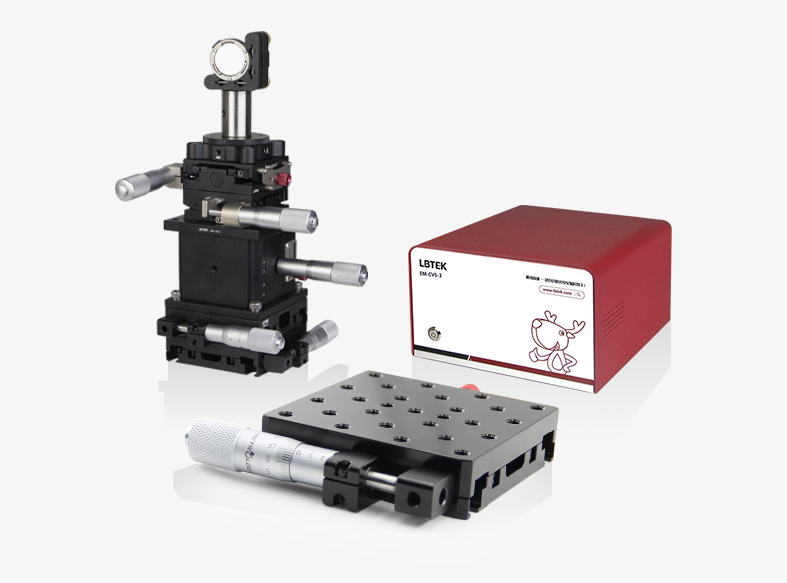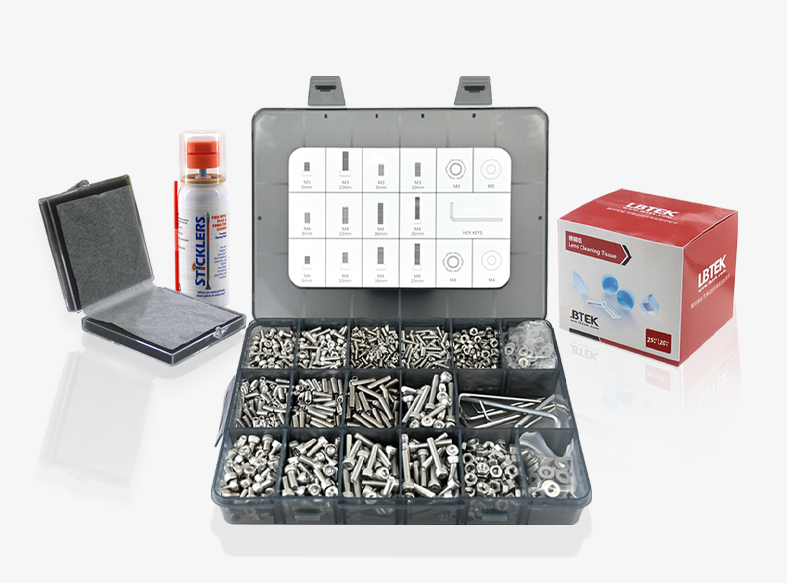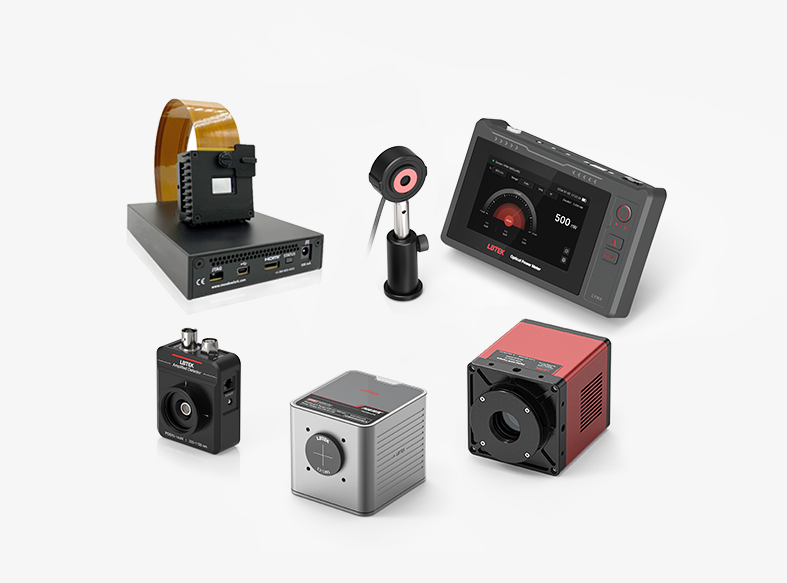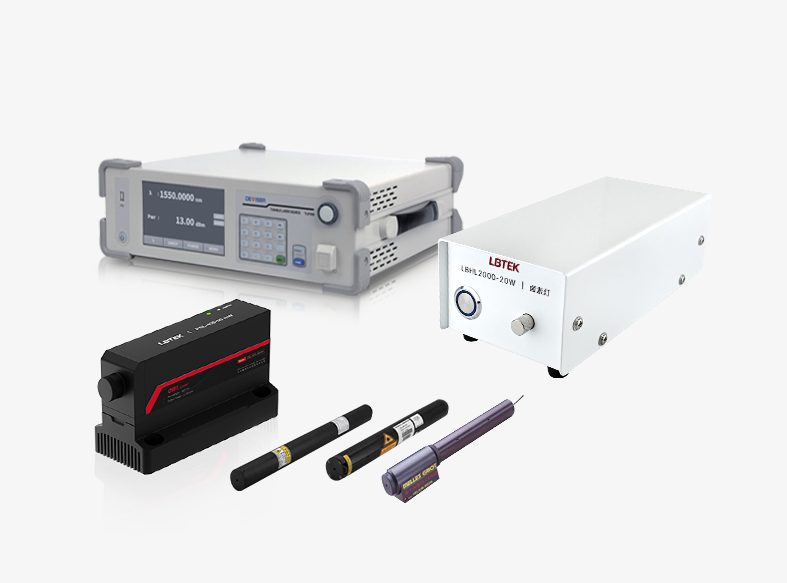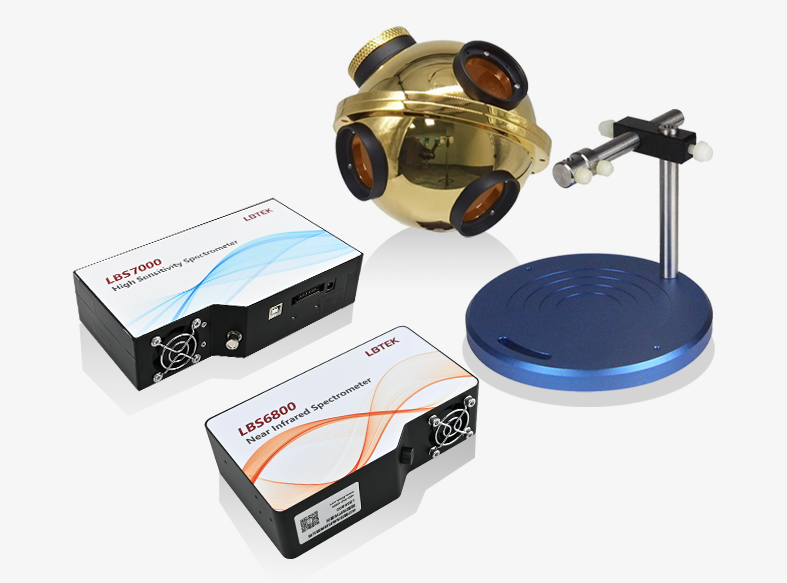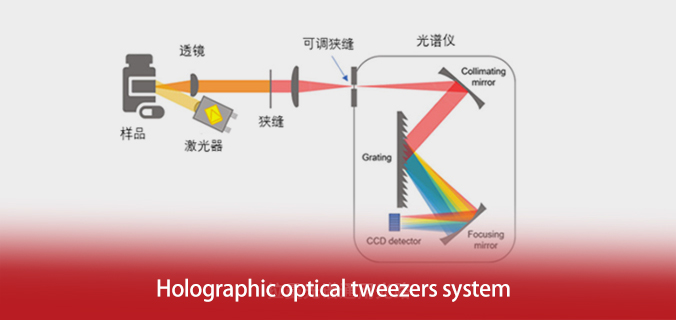
01 Raman Spectroscopy
Raman scattering is independent of the frequency of the incident light but is determined solely by the vibrational and rotational energy levels of the molecules within a substance. Since different molecular structures have distinct energy levels, each produces a unique Raman shift, making Raman spectroscopy a powerful tool for identifying material structures—often referred to as a molecular "fingerprint." The fundamental principle involves irradiating a sample with a laser and collecting the inelastically scattered light across different spectral bands to form a Raman spectrum. The peak positions, intensities, and widths within the spectrum provide detailed information about the material's molecular structure, chemical composition, concentration, and crystallinity.
LBTEK offers a comprehensive portfolio of high-quality core components for Raman spectroscopy, including:Lasers(Generate high-intensity monochromatic light for excitation), Microscopy Modules(Enhance signal collection efficiency from micro-scale regions), Dispersive Elements(Separate scattered light by wavelength for spectral analysis), Beam Expansion Modules(Deliver higher power density to stimulate stronger Raman signals), Detectors(Capture and record spectral signals with high sensitivity and resolution), sCMOS Cameras(Combine large pixel size, cooling, and broad spectral response with low noise for high-precision measurements).
02 Ultrafast Spectroscopy
Ultrafast spectroscopy is a technique that employs pulsed lasers to first excite a sample and then probe its subsequent state with a second laser pulse. This method enables the study of photophysical, photochemical, and photobiological reactions occurring on extremely short timescales. Functioning like an ultra-high-speed camera, it allows researchers to observe the transitional states of atoms and molecules during chemical reactions frame by frame, as if in slow motion.
LBTEK provides a comprehensive portfolio of high-quality core components for ultrafast spectroscopy, including: Lasers(Generate picosecond pulsed output for precise excitation), Manual/Motorized Delay Lines(Precisely control the temporal interval between pump and probe pulses by varying the optical path length), Ultrafast Mirrors(Minimize temporal broadening of laser pulses caused by dispersion).
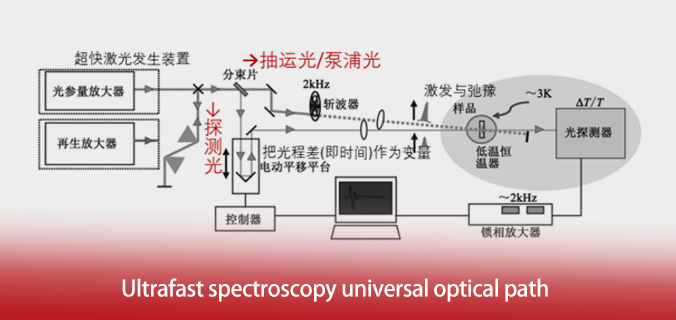
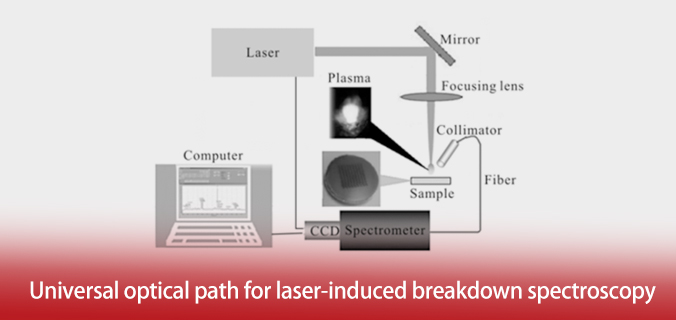
03 Laser-Induced Breakdown Spectroscopy
High-energy laser pulses generated by a pulsed laser can induce breakdown on the sample surface, generating plasma. The spectral signals emitted by this plasma are then collected by a spectrometer, enabling analysis of the sample's composition.
LBTEK offers a comprehensive portfolio of high-quality core components for LIBS, including:Lasers(Deliver high-energy picosecond pulses to efficiently initiate plasma formation), Focusing Systems(Concentrate laser energy to achieve precise sample breakdown with higher power density), Spectrometers(Disperse and resolve the characteristic emission lines from the plasma), Detectors(Capture spectral signals with high sensitivity and resolution for accurate elemental analysis), sCMOS Cameras(Provide large pixels, deep cooling, broad spectral response, and low noise for high-precision measurement)
